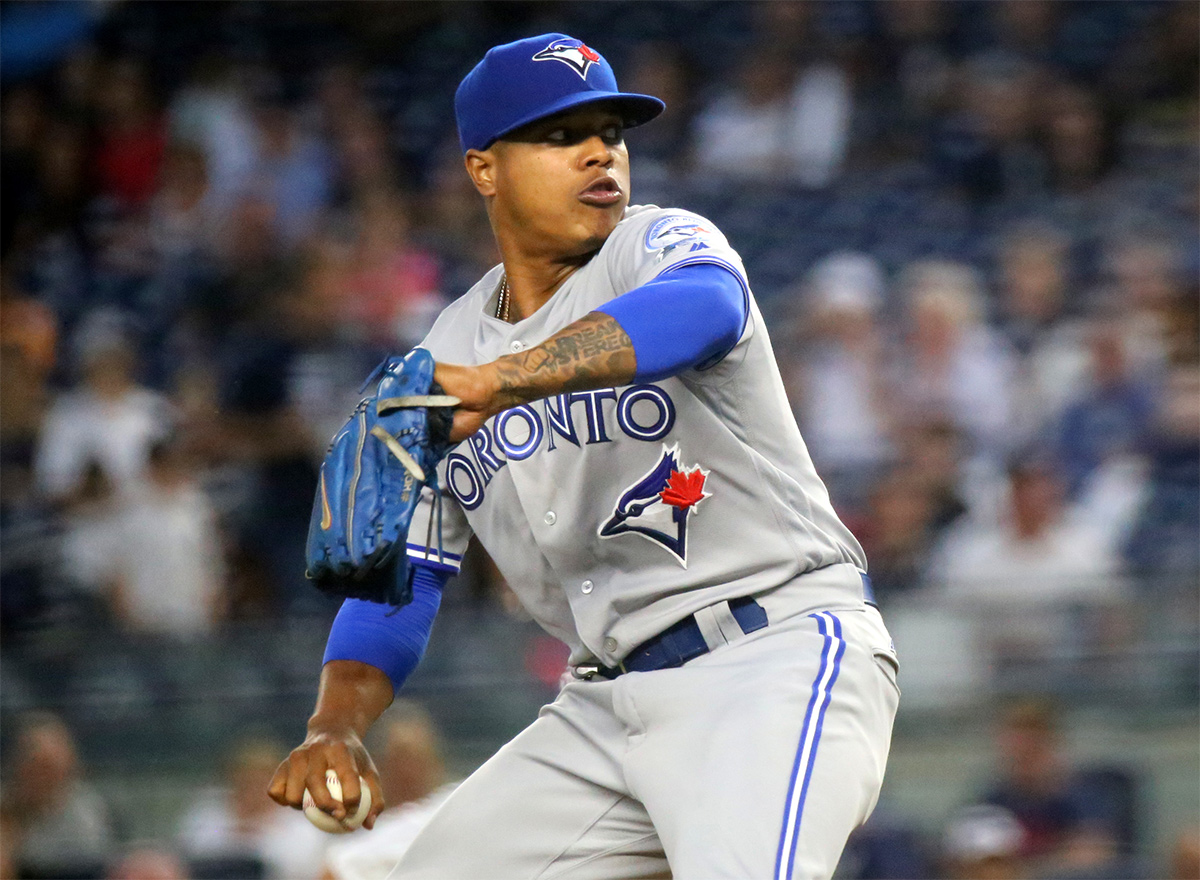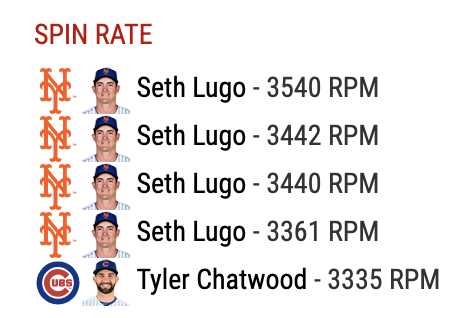For the Blue Jays, “Operation: Best Case Scenario” Was a 2019 Failure

The retooling of the Toronto Blue Jays hasn’t gone quite as planned. While the team won’t say so in such explicit terms, I believe that the original plan was to keep the basic core of the team together just long enough that reinforcements would arrive and save the team from a more painful long-term rebuild. Toronto’s stable of All-Star relatives has started to arrive — possibly the most impressive such group in baseball history — but the MLB roster is in a worse state than I imagine the team had hoped.
The Setup
The 2017 Toronto Blue Jays could point to a run of bad luck as the possible culprit for dropping from 89 to 76 wins, but the 2018 Blue Jays probably ought to have let go of those hopes. The post-2018 offseason didn’t feature much that would change the trajectory of the team, and the transactions were consistent with a plan of trying to simply stay relevant before players like Vladimir Guerrero Jr., Bo Bichette, and Cavan Biggio started hitting the major leagues. Moves were made but generally featured the supporting cast. In a perfect world, a healthy Matt Shoemaker and the resurgent Clay Buchholz could fill out the rotation, making up for the losses of J.A. Happ by trade and Marco Estrada by decline and then free agency. The thin bullpen that finished 21st in ERA and 23rd in WAR in 2018 before losing its top two pitchers by WAR, Seunghwan Oh and Tyler Clippard, could hopefully be buttressed with veteran free agents Bud Norris, David Phelps, Daniel Hudson, and John Axford.
As the team attempted to keep a skeleton crew together, the need to simultaneously add minor-league talent was obvious. The Jays traded off some of the players that were perceived to be surplus talent in an attempt to add to the team’s depth. Russell Martin could be replaced by Danny Jansen, Aledmys Diaz didn’t bring much that Lourdes Gurriel Jr. or Richard Urena couldn’t, and Kendrys Morales’s 2018 production could be replicated by Rowdy Tellez.
With just enough luck, the winter pickups would be enough when combined with the existing core (Marcus Stroman, Justin Smoak, Aaron Sanchez, Ken Giles, Teoscar Hernandez, Randal Grichuk) to make the Blue Jays a .500 team, or even a skosh better. Then the fun would start. The Jays later made the public argument that Vladimir Guerrero Jr. was not one of the best 25 players in the organization, but I don’t imagine that a single person that heard that either believed it or even thought that Toronto actually believed it. Vladito and Bichette would be the latest on baseball’s list of exciting phenoms starring quickly in the majors (with more on the way!) and help get the Blue Jays to at least the mid-80s in wins. And in a bifurcated American League, with a few great teams and several that looked like spring training B-squads, that might be enough to make a serious playoff run. Read the rest of this entry »





